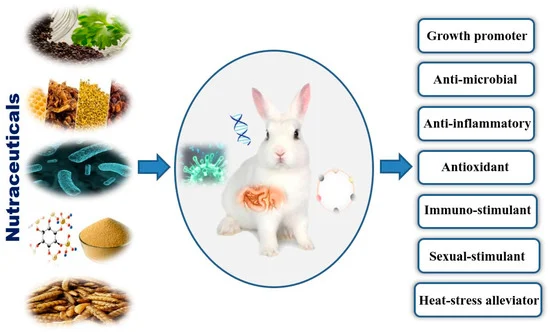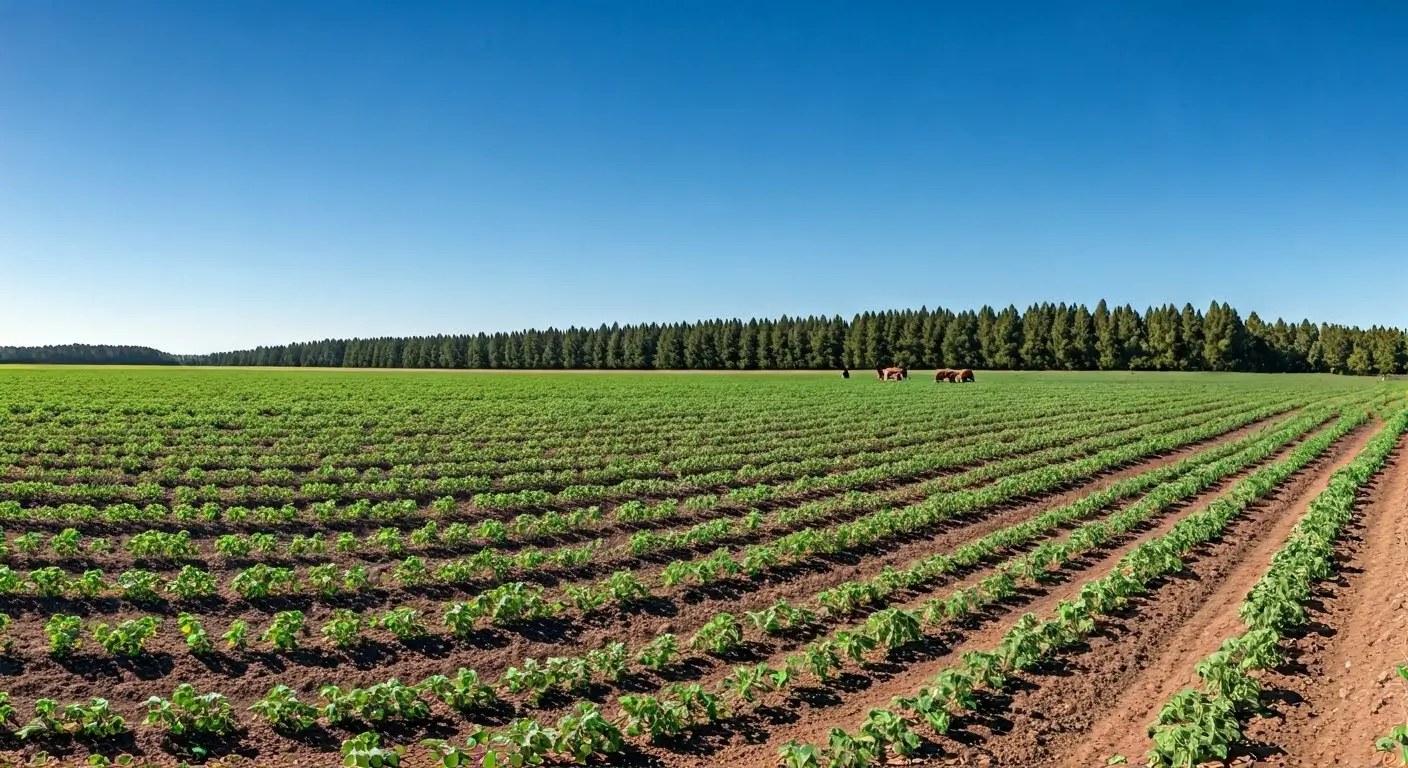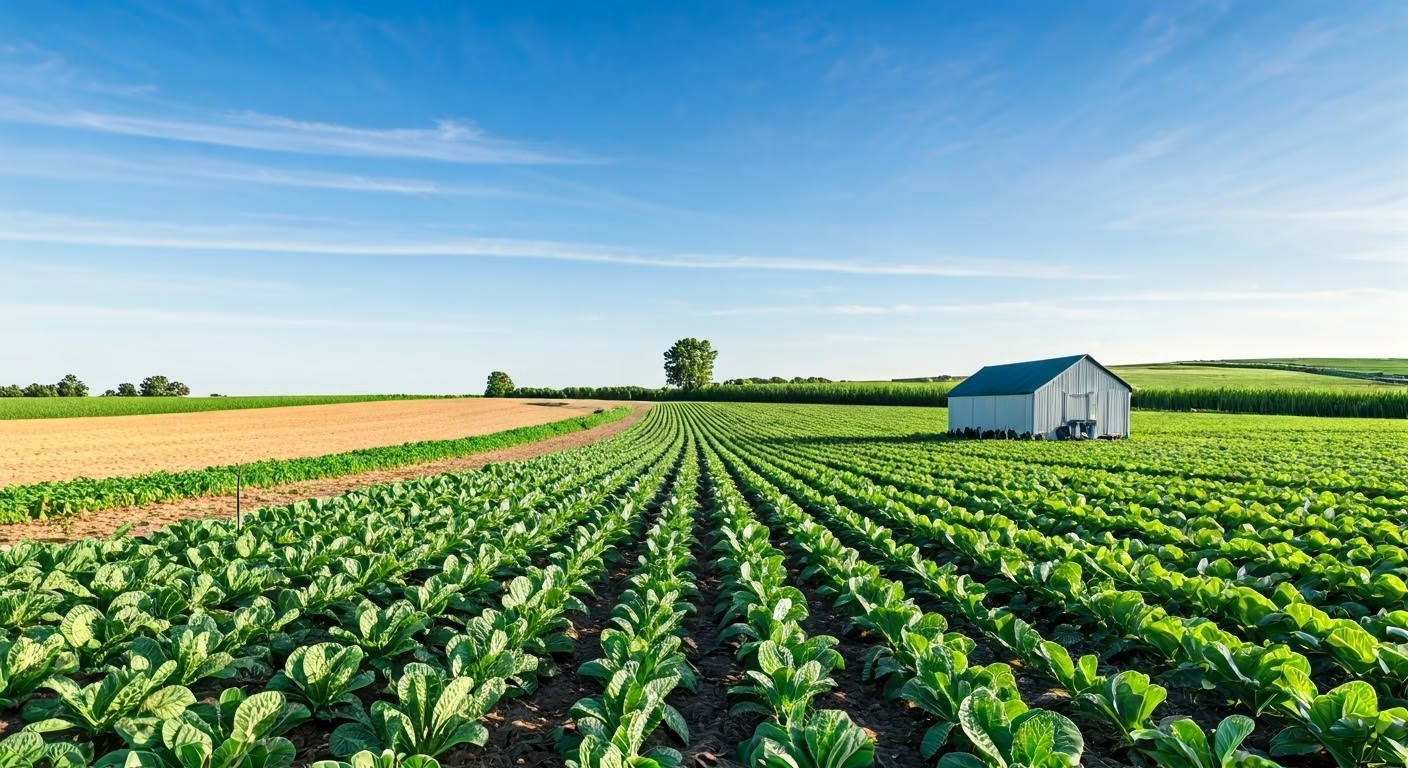As global temperatures rise, heat stress (HS) emerges as a pressing issue for livestock farming. The consequences are not limited to animal welfare but extend to the quality of meat products, impacting both producers and consumers. This article explores a recent study that delves into the effects of heat stress on growing rabbits, particularly focusing on their meat quality. Rabbits from two genetic lines—lean and fat—were analyzed to uncover how environmental and genetic factors interplay under stressful conditions. The findings offer valuable insights for sustainable animal farming practices.
Understanding Heat Stress in Livestock
Heat stress occurs when animals are unable to dissipate excess body heat, leading to physiological and metabolic disruptions. Rabbits, being particularly sensitive due to their limited sweat glands and thick fur, are prone to heat stress when ambient temperatures exceed their thermoneutral zone (15–21°C). Prolonged exposure to high temperatures can impair growth, reproduction, and overall health, leading to significant economic losses in rabbit farming.
The study under review examined two rabbit lines (lean and fat), each selectively bred for five generations for differing body fat content. These lines were exposed to two temperature conditions: 20°C (control) and 28°C (heat stress). The researchers aimed to determine how these factors affected meat quality.
Key Findings on Meat Quality
1. Physicochemical Changes
Heat stress significantly altered several physical and chemical properties of rabbit meat:
- pH Levels: Meat from heat-stressed rabbits exhibited higher ultimate pH, which can influence meat color, texture, and shelf-life.
- Water Content: Increased water content was observed under heat stress, particularly in lean rabbits. This is linked to reduced fat deposition, as fat requires more energy to produce than muscle.
- Lipid Profile: The fat composition of the meat changed dramatically. Heat stress reduced monounsaturated fatty acids (MUFA) while increasing polyunsaturated fatty acids (PUFA). However, this shift made the meat more prone to lipid oxidation.
2. Impact on Sensory Quality
Surprisingly, heat stress improved certain sensory attributes:
- Tenderness: Higher water content resulted in more tender meat.
- Off-Flavors: Perception of undesirable flavors like onion and livery decreased under heat stress, potentially enhancing consumer acceptance.
3. Nutritional Implications
While heat-stressed rabbits produced leaner meat, the nutrient profile, including amino acids, showed minimal adverse effects. Essential amino acids such as lysine remained relatively stable, underscoring the meat’s nutritional value even under challenging conditions.
Genetic Line Differences
The study highlighted that the fat line rabbits had higher lipid content and ash levels but lower water content compared to the lean line. Interestingly, the fat line’s meat was more susceptible to oxidative stress under heat, likely due to higher haem-iron levels acting as a pro-oxidant.
Implications for Rabbit Farming
- Selective Breeding: The study’s findings suggest that genetic selection for lower body fat may enhance adaptability to heat stress. Lean rabbits exhibited better meat preservability under heat stress due to lower fat and haem-iron levels.
- Environmental Control: Managing ambient temperature is critical. Providing cooling systems and shade can mitigate heat stress and its adverse effects on livestock.
- Dietary Interventions: Supplementing diets with antioxidants like vitamin E could reduce lipid oxidation and improve meat quality under heat stress conditions.
- Optimizing Shelf-Life: Heat-stressed meat showed higher susceptibility to oxidative damage. Vacuum packaging and controlled storage conditions can help preserve its quality.
Broader Context and Future Research
The findings align with existing research on heat stress in other livestock species such as poultry and pigs. However, more studies are needed to understand long-term adaptations and explore innovative solutions for mitigating heat stress. Future research could investigate varying levels of temperature-humidity index (THI) to develop comprehensive strategies for rabbit farming in diverse climates.
Conclusion
As climate change intensifies, addressing heat stress in animal farming becomes crucial. This study underscores the importance of genetic and environmental management in ensuring the sustainability of rabbit farming. By adopting targeted interventions, producers can safeguard animal welfare while delivering high-quality meat to consumers.
Further Reading and Resources:
- Impact of Heat Stress on Livestock
- Nutritional Strategies to Mitigate Heat Stress
- Advances in Rabbit Meat Research
By leveraging scientific insights and practical measures, rabbit farming can thrive even under the challenges posed by a warming planet.


